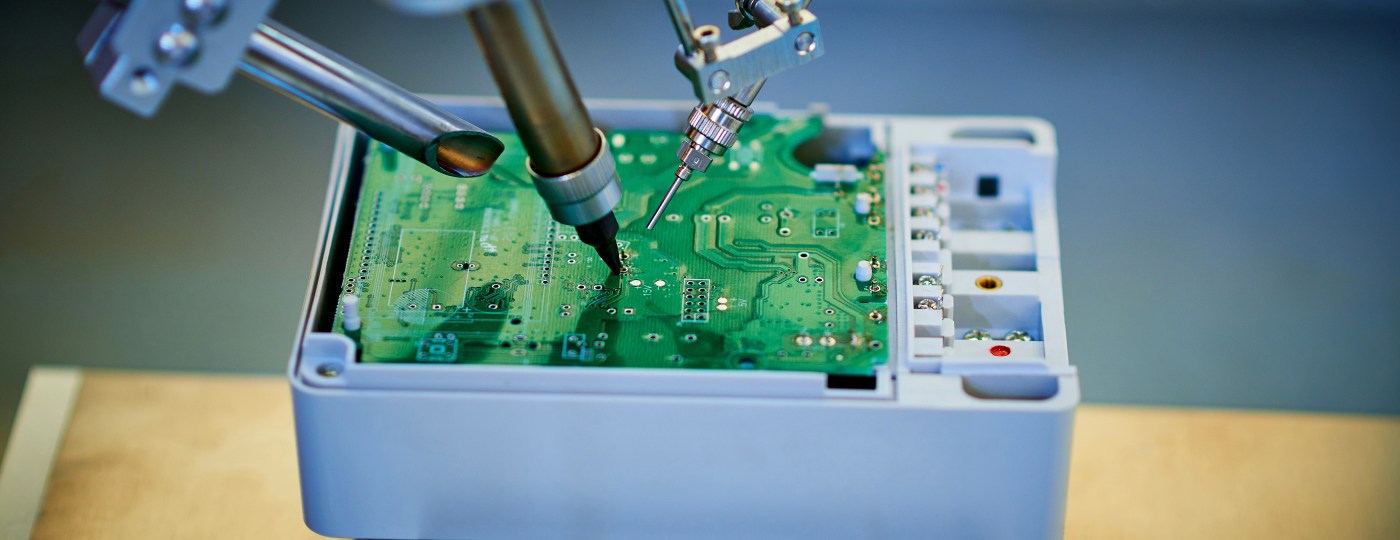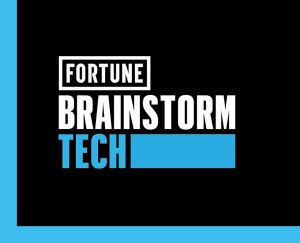Communities and businesses play a crucial role in shaping the Federal Reserve’s monetary policy. To inform our decision-making, the San Francisco Fed hosts discussions with the people we serve so we can hear their stories and perspectives on how economic data translates into real impacts in the Twelfth District. Our “Beyond the Numbers” series shares some of those insights with you.
The roots of Oregon’s Silicon Forest stretch back many decades. Homegrown pioneers like Tektronix and Electro Scientific Industries, located just outside of Portland, and Entek International outside of Corvalis spurred the growth of the state’s high-tech sector, most notably in the area of hardware manufacturing. Fast forward to today: According to the Technology Association of Oregon, thousands of tech companies employ tens of thousands of Oregonians, making the sector an essential element of Oregon’s economy.
To deepen the SF Fed’s understanding of this important sector, especially as emerging technologies like GenAI gain momentum, Sylvain Leduc, executive vice president and director of economic research, sat down with CEOs and other senior executives representing Oregon-based tech companies for a discussion about their industry. He was joined by Ian Galloway, vice president and regional executive of the SF Fed’s Portland Branch, and Kevin Ortiz, co-head of the EmergingTech Economic Research Network (EERN). An initiative of the SF Fed in close collaboration with the Federal Reserve System Innovation Office, EERN is focused on understanding how emerging technologies like GenAI are shaping the economy of the future.
During their roundtable conversation, Sylvain and the participants focused on significant trends in the industry. Discussing recent developments in GenAI, they explored both the potential impacts of the technology on productivity as well as barriers to more widespread integration of GenAI throughout the state’s economy.
The Next Generation of Needed Skills
Across the SF Fed’s recent discussions about GenAI with business and community leaders in the Twelfth District, the technology’s impact on productivity and the labor market has been top-of-mind. Discussing this theme, the Oregon tech leaders noted GenAI had the potential to automate repetitive work. However, unlike previous technological breakthroughs like those seen during the Industrial Revolution which automated physical tasks, GenAI is transforming knowledge-based work as well.
As this shift proceeds, the executives felt that it will also transform the skills workers will need. One of the most necessary skills to have will be the ability to understand how to deploy GenAI effectively and efficiently in the work. In addition, the participants felt that analytical skills such as critical thinking and interpersonal skills such as team management will be in high demand. Summing it up, an executive noted, “The liberal arts are making a comeback.”
Data, Compute, Energy
The large language models (LLMs) at the heart of GenAI rely on three fundamental elements: data, computational capacity, and energy. Surveying the manufacturing landscape, the participants felt that despite advancements in hardware manufacturing, the demand for computational resources continues to outpace supply. One participant noted that the rapid growth in model sizes and the increasing complexity of AI tasks are driving an exponential increase in computational requirements, making it challenging to meet demand for high-performance computing resources and associated energy needs.
Training LLMs requires a significant amount of data, and securing access to high quality data is becoming a more prominent concern for model providers and developers. This entails ensuring that the data to train models is secure, valid, and has the required permissions. This ‘data-wrangling,’ as participants noted, now takes up a large share of the training process.
Asked about how structural changes in a data set can affect a model, the participants noted that such change is a risk. In most cases, models can be trained on incremental data. However, fundamental changes in the data would mean fully retraining the model.
Turning to energy, the participants reported that GenAI model training will generate sizeable demand for energy. They believe that the ability to meet this demand will significantly influence the sector’s future growth.
Move Slower to go Faster (Eventually)
Surveying deployment of GenAI over the medium-term, the tech executives noted that adoption has slowed, although we remain early on the J-curve. They shared that immediately following the explosion of GenAI onto the scene in 2022, many businesses raced to catch up. They invested heavily in GenAI technology even if the return on investment was not completely clear. The roundtable participants all noted that this period of frenzied investment is over. While interest in GenAI remains very high, they reflected that businesses are being much more strategic in planning and making investments, demanding both compelling use-cases for the technology and clear return-on-investment. Participants also noted adoption continues across the size spectrum, but that small to medium-sized businesses with around 300 employees are a sweet spot for the ability to quickly deploy GenAI tools into their business operations.
In assessing the pace of adoption, the participants urged a change in perspective. The technology is transforming quickly, and the participants agreed this will continue. When trying to determine how rapidly new iterations of GenAI will spread across the economy, the leaders felt the focus should be less on the type of industry and more on the business function where GenAI is being deployed. In those business functions where the costs of errors are high, the adoption of GenAI tools will be slower.
They also observed that technology adoption involves fundamental shifts in cultural attitudes. One participant cited the anecdote about the adoption of elevators. When this technology was new, people did not trust it would operate safely. To help change these attitudes, companies employed elevator operators to in part give passengers a sense that the experience was controlled by humans and thus safer. The executive concluded that something similar may be needed to help increase trust in GenAI.
Why Listening and Learning are Important
At the SF Fed we work to advance the nation’s monetary, financial, and payments systems with the larger goal of building a stronger economy for all Americans. One of the key ingredients supporting this mission is an understanding of the economic trends and conditions impacting the businesses and communities of our district. Conversations with business leaders like this are an important source of this understanding. That is why as part of EERN, we will continue to listen and learn from our business and community leaders about their experiences with the changing high-tech economy.
The views expressed here do not necessarily reflect the views of the management of the Federal Reserve Bank of San Francisco or of the Board of Governors of the Federal Reserve System.



